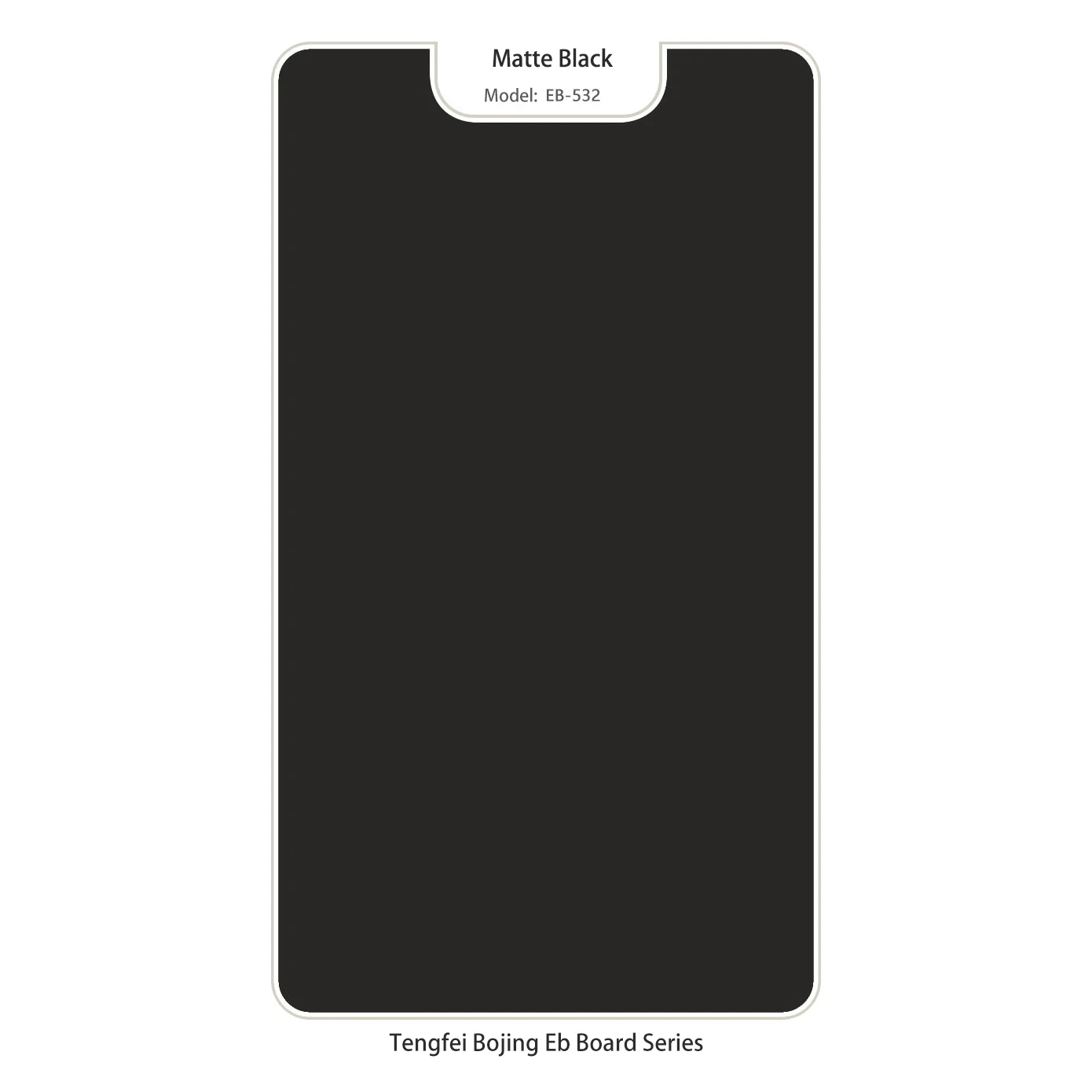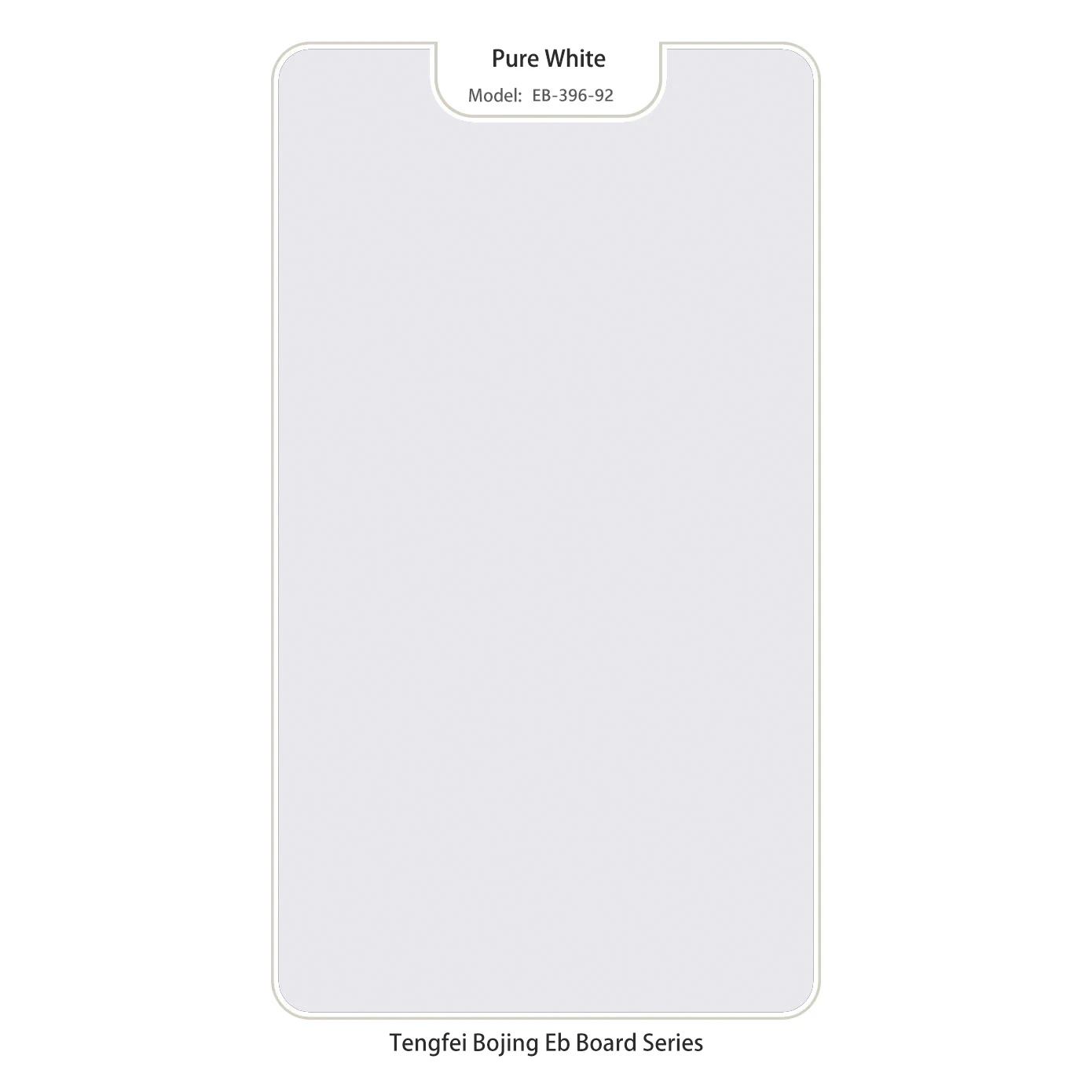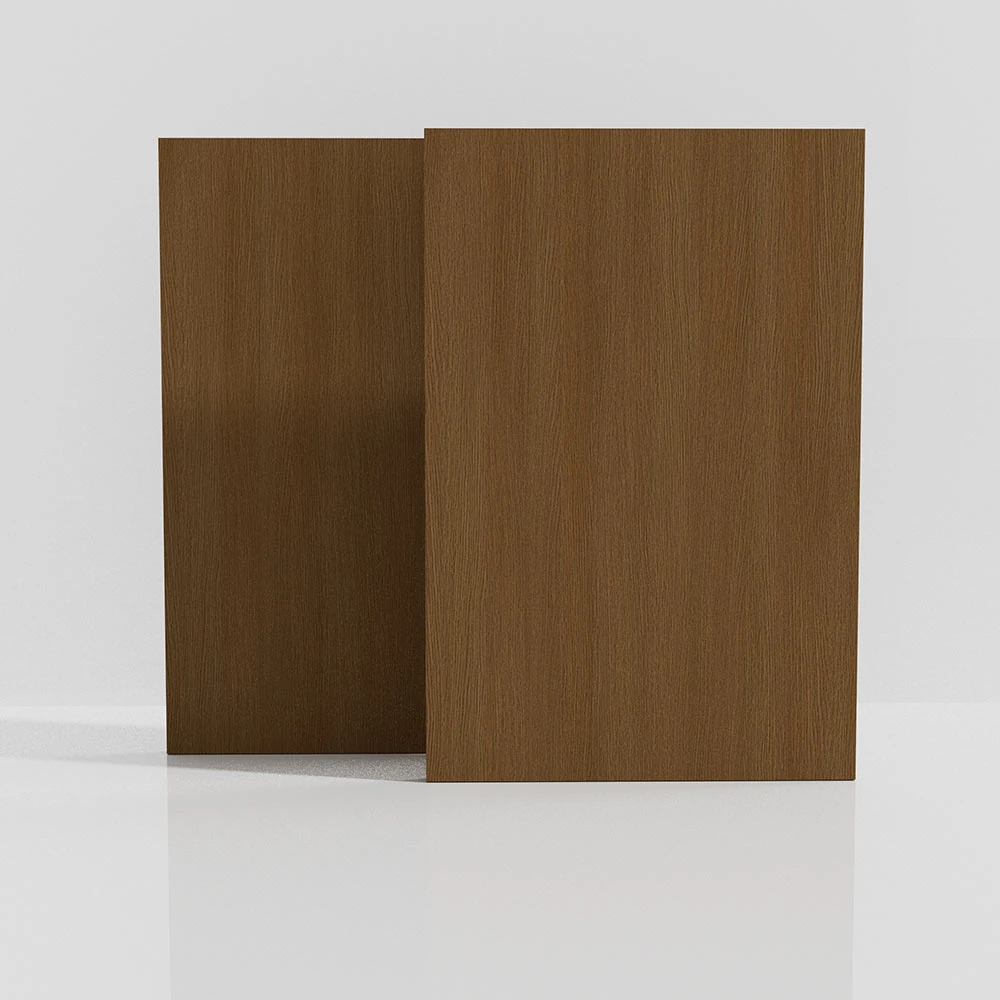When it comes to versatile, reliable, and cost-effective building materials, MDF boards have become a staple in both residential and commercial projects worldwide. Whether you are a furniture maker, interior designer, or contractor, understanding the range of MDF products available can help you select the right panel for your specific application. From mdf melamine board to specialized mdf peg board, the market offers solutions that combine strength, aesthetic appeal, and functionality to meet diverse construction and design demands.
Superior Finishes and Durability in the World of MDF Melamine Board
Among the many options, the mdf melamine board stands out due to its smooth surface and durable coating, which provides resistance to scratches, stains, and moisture. This type of board is widely used for cabinetry, wardrobes, and decorative wall panels. Its laminated surface allows for easy cleaning and maintains a fresh look even in high-traffic areas. Unlike untreated MDF, the melamine coating extends the lifespan of the board, making it a favored choice for long-term projects where appearance and durability matter most.
Versatile Applications of the MDF Panel Board in Modern Interiors
The use of mdf panel board has expanded beyond traditional woodworking into innovative architectural designs and customized furniture. Its uniform density and strength allow for precise cutting and shaping, which is ideal for intricate moldings, doors, and shelving. While natural wood can suffer from knots and grain irregularities, MDF panels provide a consistent base that can be painted, veneered, or laminated. This versatility makes the mdf panel board a preferred option for designers aiming for both structural integrity and visual appeal.
Cost-Effectiveness Meets Functionality with MDF Particle Board
One of the most budget-friendly options in the MDF family is the mdf particle board, crafted by compressing wood chips and resin. Despite its economical price, it offers surprising strength and stability, making it suitable for furniture frames, partitions, and underlayment. However, particle boards generally require protective coatings or laminates to improve resistance to moisture and wear. With advancements in manufacturing, modern mdf particle board products deliver better performance than earlier versions, bridging the gap between affordability and quality.
Creative Storage Solutions Enabled by MDF Peg Board
Storage and organization gain a new dimension when using mdf peg board, which offers an excellent surface for mounting hooks, shelves, and tools. Unlike traditional perforated hardboard, MDF peg boards provide smoother edges and can be painted or laminated to fit any decor style. Their strength supports heavier items, which is particularly valuable in workshops, garages, and retail displays. The ability to customize hole patterns further enhances their functionality, making mdf peg board a practical solution for both personal and professional spaces.
Simplicity and Strength in MDF Plain Board Applications
Sometimes, the most straightforward materials prove the most effective. The mdf plain board offers a clean, uncoated surface ideal for painting or veneering. It serves as a versatile base for DIY projects, wall paneling, and furniture backing. Its consistent density means it cuts easily without splintering, allowing for fine detail work. Many craftsmen appreciate the mdf plain board for its adaptability—ready to be transformed by paint, stain, or decorative coverings to suit any design vision.
Why Choose MDF Boards Over Natural Wood?
MDF boards eliminate many problems associated with natural wood, such as warping, splitting, and inconsistent grain patterns. Their engineered composition provides a smooth, uniform surface that accepts finishes evenly and can be machined with precision. This makes MDF a superior material for projects requiring detailed designs and long-lasting stability.
How Does the Melamine Coating Benefit MDF Boards?
The melamine coating on MDF boards protects against everyday wear, including scratches and spills. It also reduces moisture penetration, which can otherwise cause swelling and damage. This coating makes mdf melamine board especially suited for kitchen and bathroom installations where exposure to humidity is common.
What Are the Limitations of MDF Particle Board?
While mdf particle board is cost-effective, it is less dense than other MDF variants and more prone to damage from water and heavy impacts. Therefore, it is best used in interior applications with protective finishes to extend durability.
MDF Board Solutions FAQs
Q: Can MDF melamine board be used for outdoor applications?
A: Generally, MDF boards, including melamine-coated ones, are not recommended for prolonged outdoor use unless specially treated, as moisture can cause swelling and degradation.
Q: How do I select the right thickness for an MDF panel board?
A: Thickness depends on the application; for shelving or cabinetry, thicker panels provide better support, while thinner ones are suitable for decorative panels.
Q: Is MDF peg board easy to install and customize?
A: Yes, MDF peg boards are designed for easy mounting and can be cut or drilled to fit any space, making them highly adaptable.
Q: What maintenance does MDF plain board require?
A: When painted or sealed properly, mdf plain board requires minimal maintenance, though it should be kept away from excessive moisture.
Q: Are there eco-friendly MDF options available?
A: Yes, many manufacturers now produce MDF boards using recycled wood fibers and formaldehyde-free adhesives to reduce environmental impact.



